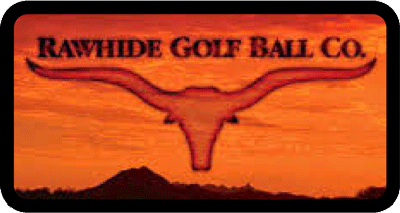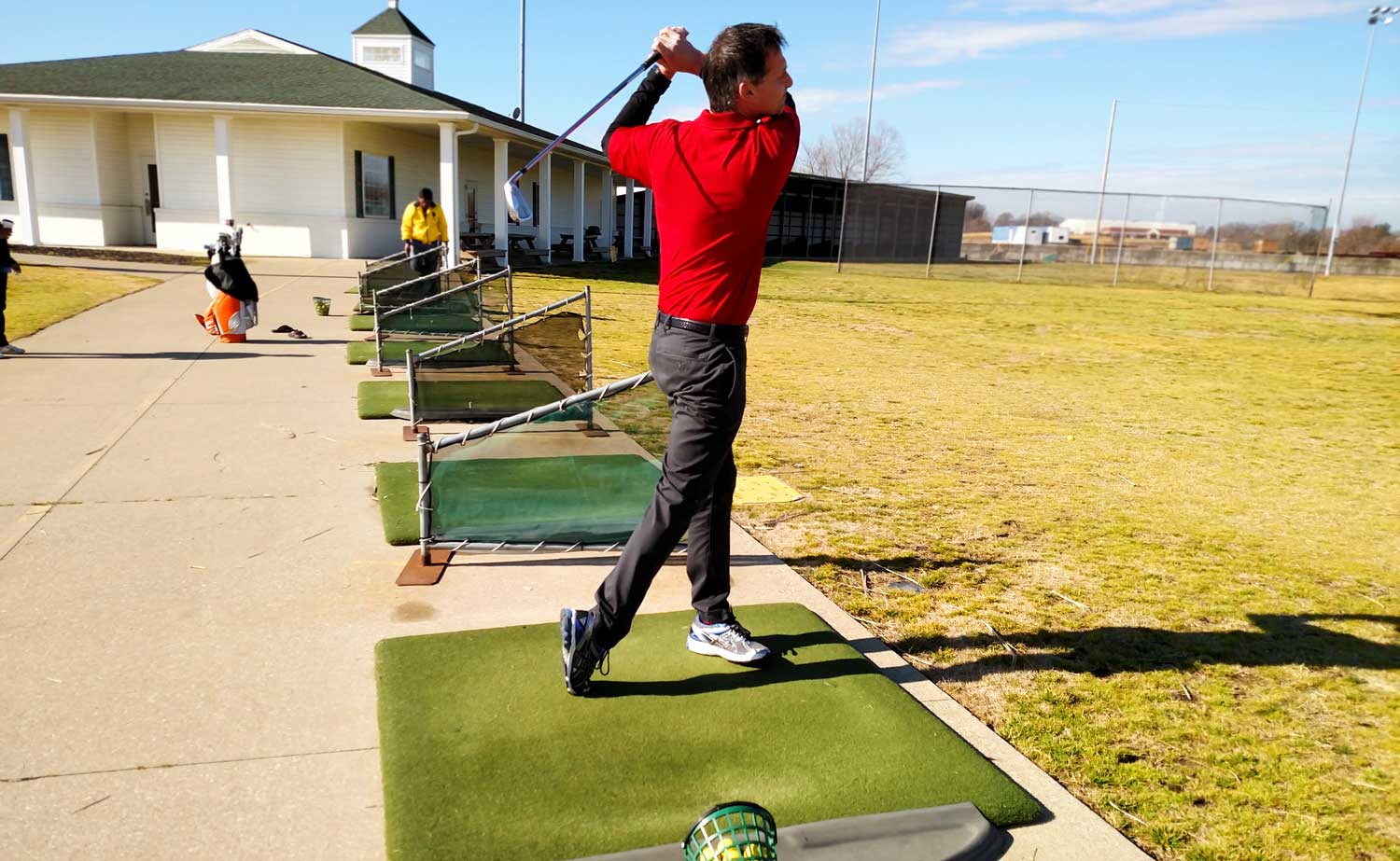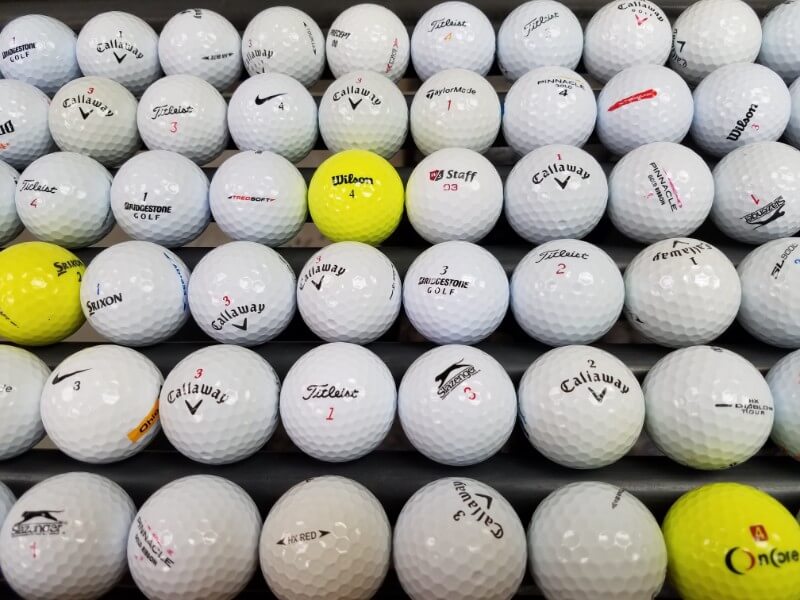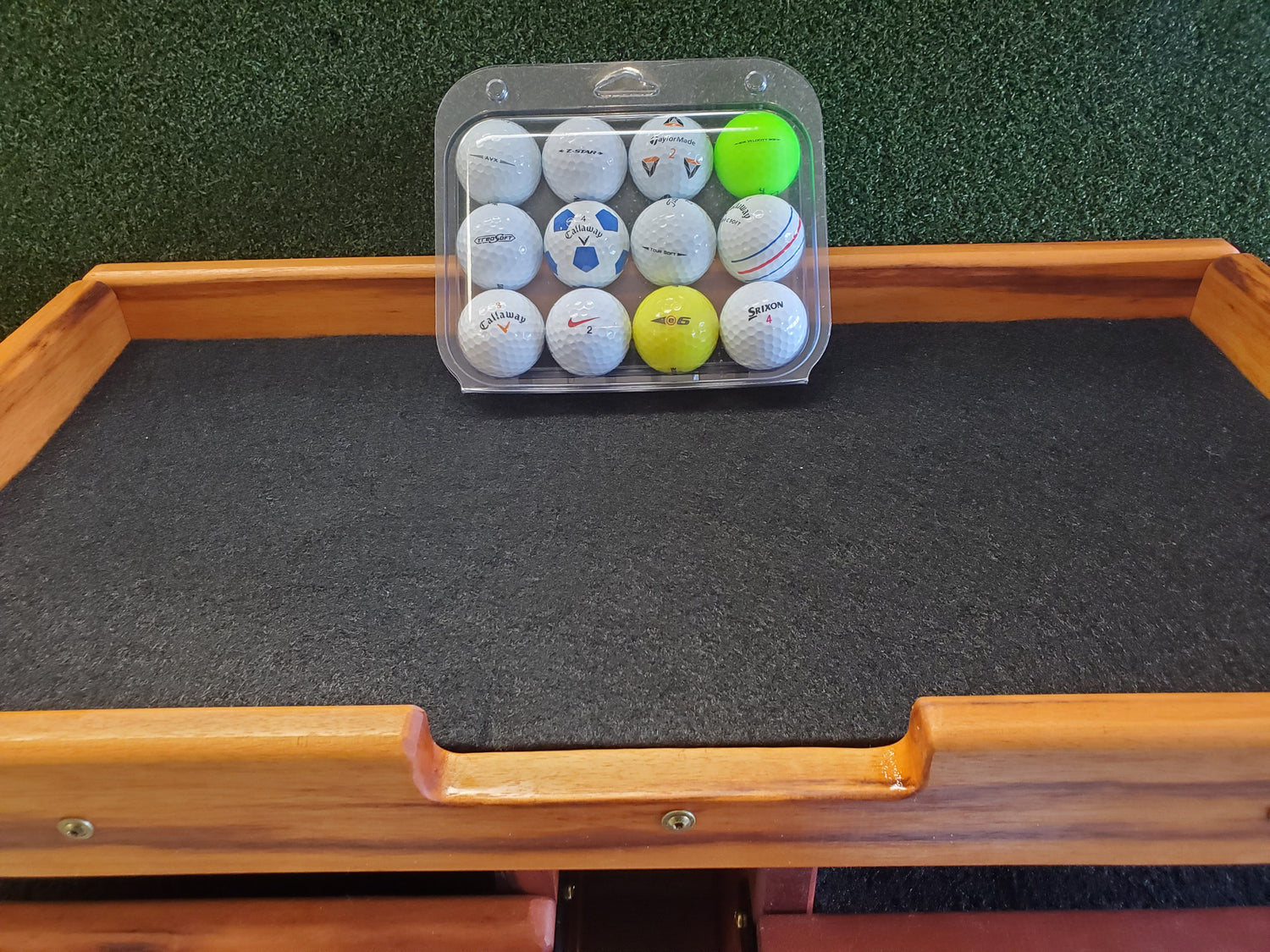If you love golfing, there's nothing quite like checking out some of the different courses in your area, and finding a favorite. One thing you might hear a lot about when you're searching for golf courses are "links style" golf courses. If you want to know more about these links style golf courses and their history, we've got you covered.
What Are Links Style Courses?
In the early days, golf courses were built on stretches of poor-quality land in Scotland. This land was believed to be essentially useless because of the soil composition, which was much sandier than the land that was traditionally used for farming. These strips of sandy, coastal land became known as "links," and were home to some of the world's first golf courses.
While many of the links style golf courses available today are simply made to look like traditional links style courses, there are still some traditional links courses if you go to the right spots. Not only is the famous St. Andrews golf course of Scotland a traditional links style golf course, but there are also some traditional links courses available in Ireland, Wales, and England.
Links Style Course Design
One of the things that makes links style golf courses unique is their design. Because links style courses are on sandy terrain, they have very little vegetation aside from sea grass and gorse. Due to the sandy composition of the soil in links style courses, the holes are generally naturally developed with the terrain.
Another unique part about links courses is the way the holes are set up in regard to how you play through the course. The first nine holes of a links style course usually take you to the end of the course, while the back nine holes bring you back to the clubhouse. This provides a great setup, as you finish your round at the clubhouse where you can clean up and get ready to leave.
Modern Links Courses
Some of the most popular links style courses in the world have been around for a long time, but this is not the case for all of the popular links style courses. There are a number of modern links courses that are designed to replicate the look and feel of a links course, despite not being built on traditional links. While these courses aren't actually built on the coast like a true links courses, they are still designed with little to no vegetation, and rolling terrain to give you the same look and feel of a traditional links course.
Traditional Links Courses
Despite the fact that modern links style courses are becoming more popular, there are still plenty of traditional links courses that you can play. St. Andrews is the most popular traditional links course, considered by many to be the world's home of golf. Royal Troon and Royal Dornoch are also very popular traditional links style courses in Scotland.
Even in the United States, there are a number of traditional links style courses. The most popular option in the US is Pebble Beach in California. However, there's also Shinnecock Hills in New York and the Bandon Dunes golf course in Oregon.
Playing Links Courses
It's important to note that playing a links style course is a bit different from traditional golfing. Because links courses have little vegetation and flatter, rolling terrain, you have to play a little lower to the ground. On top of that, the different soil composition of a true links course means the ball is going to bounce a little differently on the fairway and green. Another unique part of playing links courses is the fact that the coast tends to be a lot windier. By keeping your ball low to the ground, you don't have to worry about the wind sending your ball careening in the wrong direction.
If you're looking for a unique and traditional golfing experience, there's nothing quite like playing an authentic links style course. Whether you're in the United States or Europe, you've got plenty of options at your disposal. If you do want to visit a links style course for a couple rounds of golf, make sure you pick up a golf mat from Rawhide Golf Ball Co. to practice angling your shots a bit lower before you hit the course.




